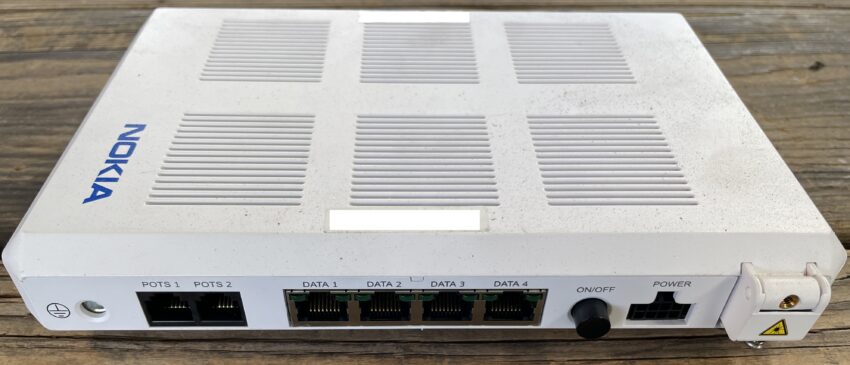Nokia G-240G-A Opical Network Terminal (ONT)
The Alcatel Lucent Model G-010-A and the Nokia G-240G-A are both Optical Network Terminals (ONTs) that are used to connect customer premises equipment (CPE) to a Passive Optical Network (PON). A PON is a type of fiber-optic network that uses a single strand of optical fiber to transmit data to multiple premises. ONTs are typically used in broadband access networks to provide high-speed Internet, digital TV, and voice services to customers.
One of the main strengths of the Alcatel Lucent Model G-010-A is its support for a wide range of interface options. It can support up to four Gigabit Ethernet ports, two POTS (Plain Old Telephone Service) ports, and one RF port for TV service. This makes it a versatile and flexible solution for a variety of CPEs.
Another strength of the G-010-A is its low power consumption. It is designed to meet Energy Star and EU Code of Conduct requirements, making it an environmentally friendly choice.
One potential weakness of the G-010-A is its size. It is larger than some other ONTs on the market, which may be a concern for customers with limited space.
The Nokia G-240G-A also has a number of strengths. It supports Gigabit Ethernet, POTS, and RF interfaces, similar to the G-010-A. In addition, it has a built-in Wi-Fi router, which can be a convenient feature for customers who want to create a wireless network within their premises.
One potential weakness of the G-240G-A is that it does not support as many interface options as the G-010-A. It has only two Gigabit Ethernet ports, which may not be sufficient for some customers with more advanced networking needs.
In terms of pros and cons, the Alcatel Lucent Model G-010-A has the advantage of offering a wide range of interface options and low power consumption, but it is larger in size than some other ONTs. The Nokia G-240G-A has the advantage of a built-in Wi-Fi router, but it has fewer interface options than the G-010-A.
In terms of differences, the main difference between the two ONTs is the number of interface options they offer. The G-010-A has four Gigabit Ethernet ports, while the G-240G-A has only two. The G-240G-A also has a built-in Wi-Fi router, which is not available on the G-010-A.
Optical Network Terminals (ONTs) are a critical component of Passive Optical Networks (PONs), which are used to deliver high-speed broadband, digital TV, and voice services to customers. The Alcatel Lucent Model G-010-A and the Nokia G-240G-A are two popular ONTs that are used in broadband access networks around the world.
In this article, we will delve into the technical strengths and weaknesses, pros and cons, and differences between the G-010-A and the G-240G-A. We will examine their features, performance, and suitability for different types of applications and customers.
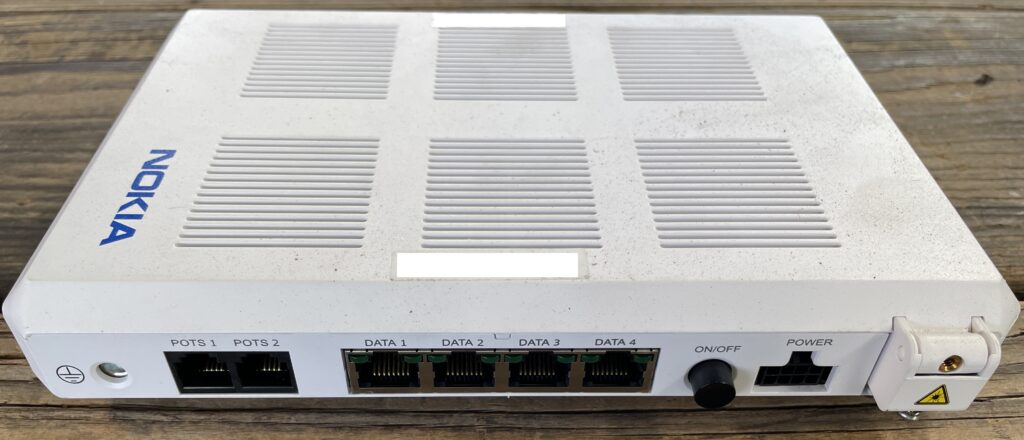
Technical Strengths and Weaknesses:
One of the main technical strengths of the Alcatel Lucent Model G-010-A is its support for a wide range of interface options. It has four Gigabit Ethernet ports, two POTS (Plain Old Telephone Service) ports, and one RF port for TV service. This makes it a versatile and flexible solution for a variety of CPEs (customer premises equipment) such as computers, routers, modems, and TV set-top boxes.
The G-010-A also has a number of advanced features that enhance its performance and reliability. It has a built-in Quality of Service (QoS) mechanism that helps to prioritize and shape traffic for different applications and services. It also has a built-in firewall and intrusion prevention system (IPS) to protect against cyber threats.
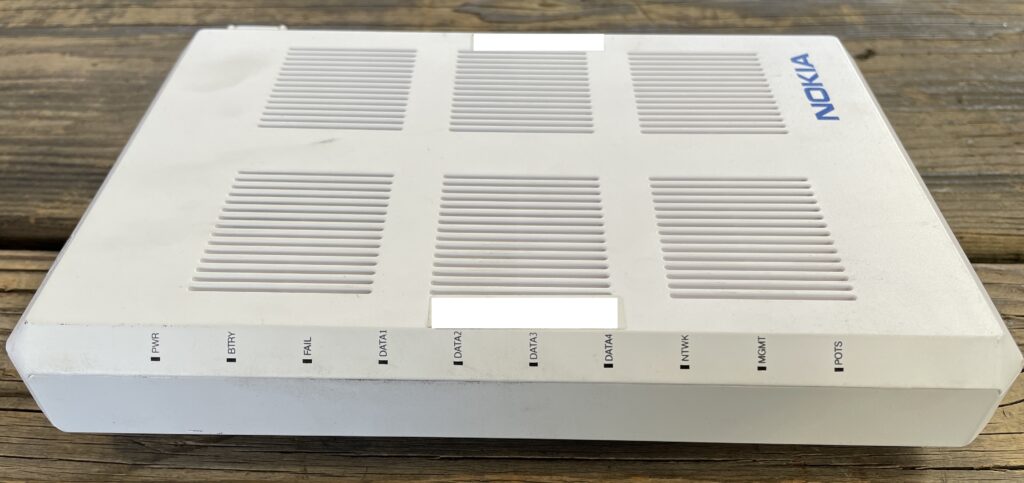
One potential weakness of the G-010-A is its size. It is larger than some other ONTs on the market, which may be a concern for customers with limited space. The G-010-A is also more expensive than some other ONTs, which may be a consideration for customers on a tight budget.
The Nokia G-240G-A also has a number of technical strengths. It supports Gigabit Ethernet, POTS, and RF interfaces, similar to the G-010-A. In addition, it has a built-in Wi-Fi router, which can be a convenient feature for customers who want to create a wireless network within their premises.
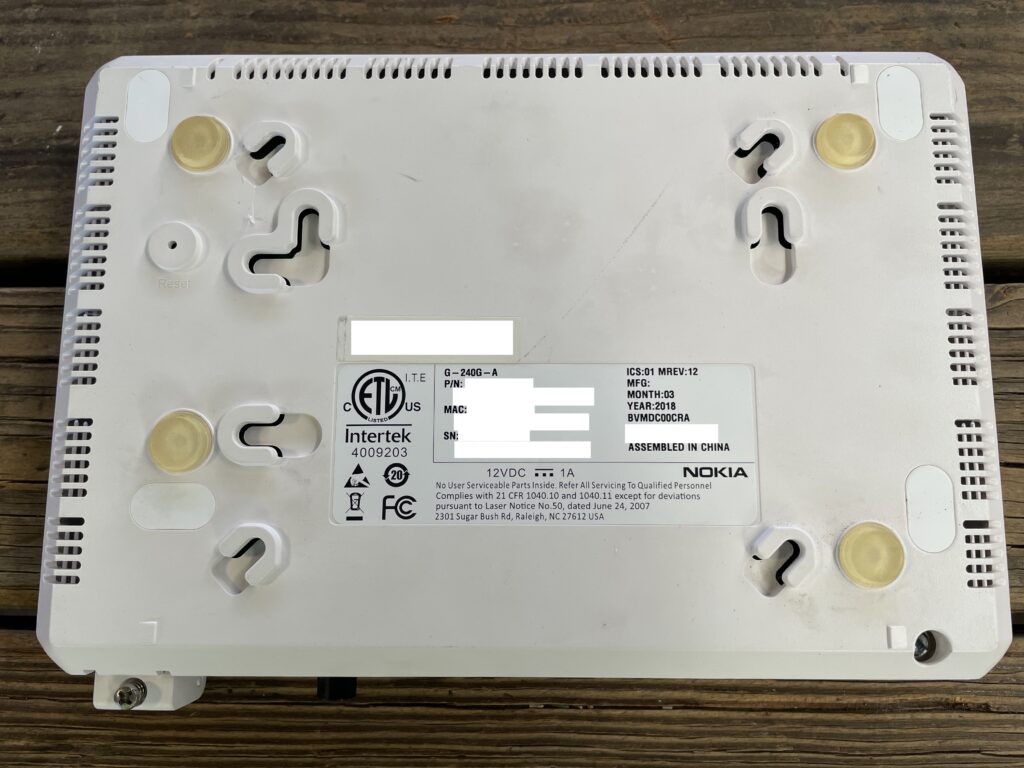
The G-240G-A has a compact and lightweight design, making it easier to install and deploy in tight spaces. It also has a low power consumption, which makes it an environmentally friendly choice.
One potential weakness of the G-240G-A is that it does not support as many interface options as the G-010-A. It has only two Gigabit Ethernet ports, which may not be sufficient for some customers with more advanced networking needs.
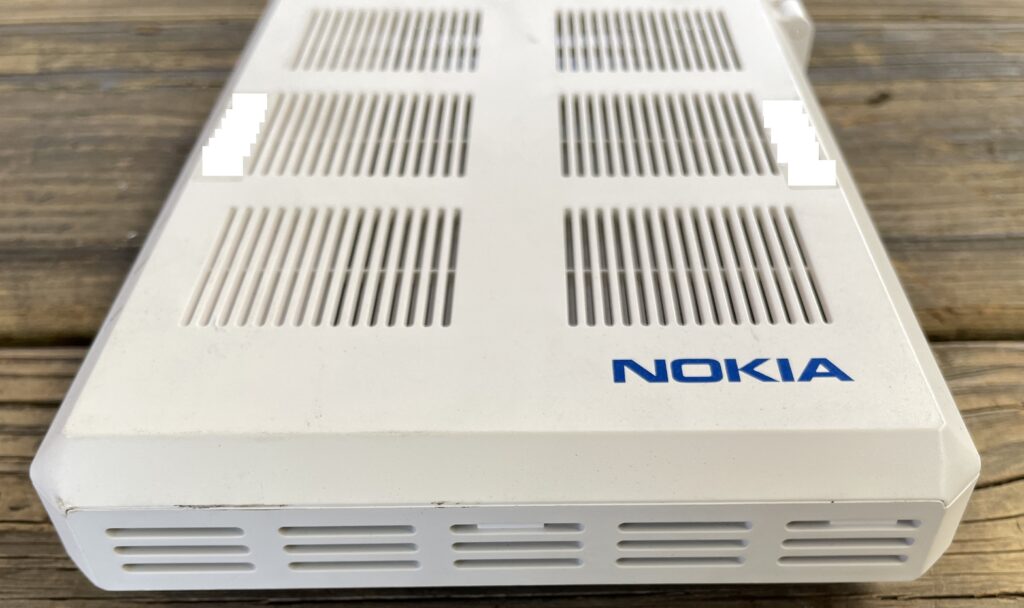
Pros and Cons:
When considering the pros and cons of the Alcatel Lucent Model G-010-A and Nokia G-240G-A, it’s important to consider the specific needs and requirements of the customer.
One of the main pros of the G-010-A is its wide range of interface options. It can support up to four Gigabit Ethernet ports, which is ideal for customers with multiple devices that require high-speed connectivity. It also has two POTS ports and an RF port for TV service, which makes it suitable for a variety of applications.
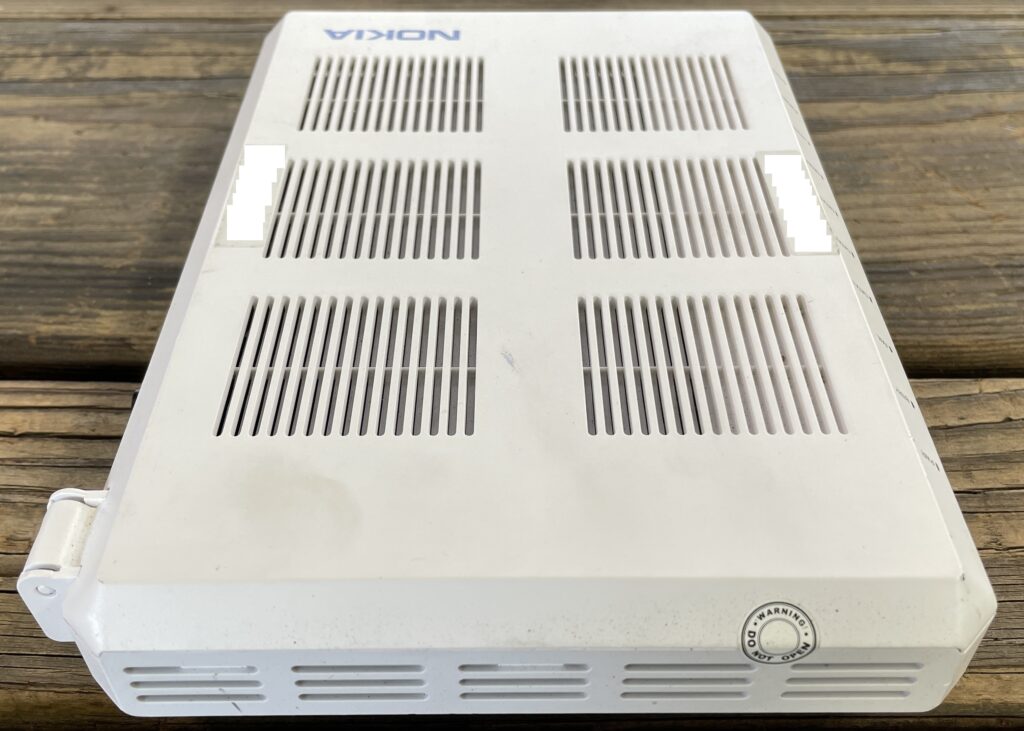
Another pro of the G-010-A is its advanced features such as QoS, firewall, and IPS. These features enhance the performance and security of the ONT, which is particularly important for enterprise and commercial customers.
One of the main cons of the G-010-A is its size and cost. It is larger and more expensive than some other ONTs on the market, which may be a drawback for customers with limited space or budget

